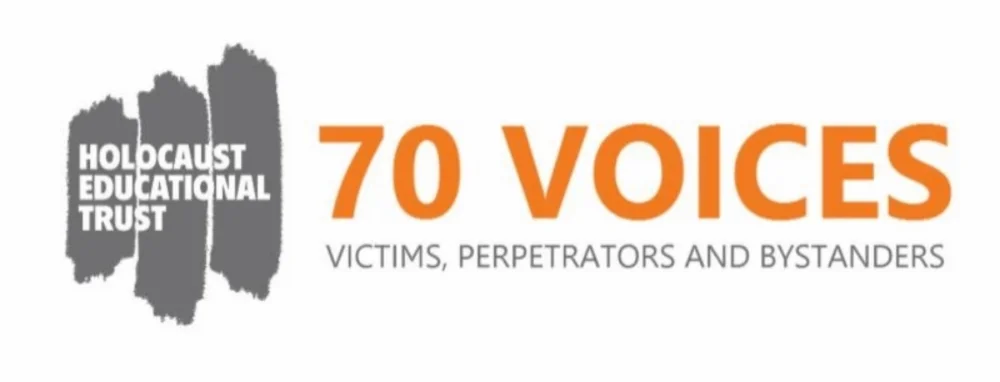The struggle to begin to rebuild survivors’ physical and mental wellbeing proved a difficult and often painful one, despite the best efforts of British medics, such as those shown in the photograph. Esther Zylberberg (later Esther Brunstein) was a teenage survivor of the Łódź Ghetto and Auschwitz-Birkenau who had been imprisoned in Bergen-Belsen since January 1945. Like thousands of others she had fallen victims to typhus, which left her unconscious at the time of liberation on 15th April. She recalled what happened when she finally awoke, some days later.
When I awoke from a dreadful nightmare there were friendly, smiling faces around me telling me it was all over. I was too numb and too confused to make sense of what they were saying. However, on seeing four chunks of black bread and four tins of Nestlés condensed milk on my bunk it dawned on me that the longed for moment had come and we were free at last. I remember looking at the bread and bursting into uncontrollable tears.
For five-and-a-half years I had dreamt of one day being given the opportunity to eat and eat without the limit of time until I burst. I was robbed of that satisfaction for I was too ill to swallow a crumb. It most likely saved my life for it is well known that many people died after liberation due to eating the wrong foods after years of starvation. I also felt cheated for not having the memory of the experiencing the initial exhilarating moment of liberation.
The first few days were joyous and yet sad, confusing and bewildering. I did not know how to cope with freedom after years of painful imprisonment!
Several thousand survivors died in the days and weeks immediately after the liberation. Between 21st April and 19th May, all survivors were relocated from the camp to nearby army barracks. However, the daily death rate remained in the hundreds for almost a month after liberation; it only fell below 100 on 11th May.
Photo: British medical personnel evacuate a survivor of Bergen-Belsen by ambulance; United States Holocaust Memorial Museum, courtesy of George Stein
Testimony: Jo Reilly et al. (eds.), Belsen in History and Memory (Routledge)

